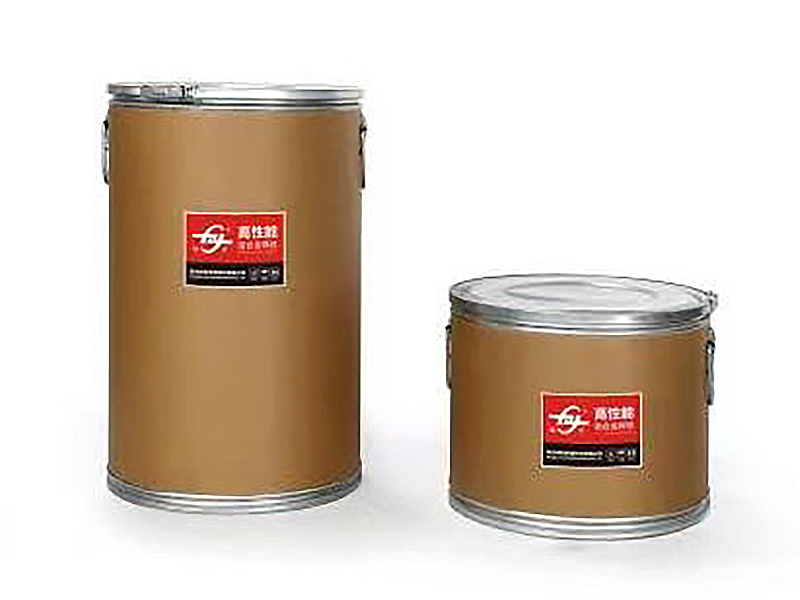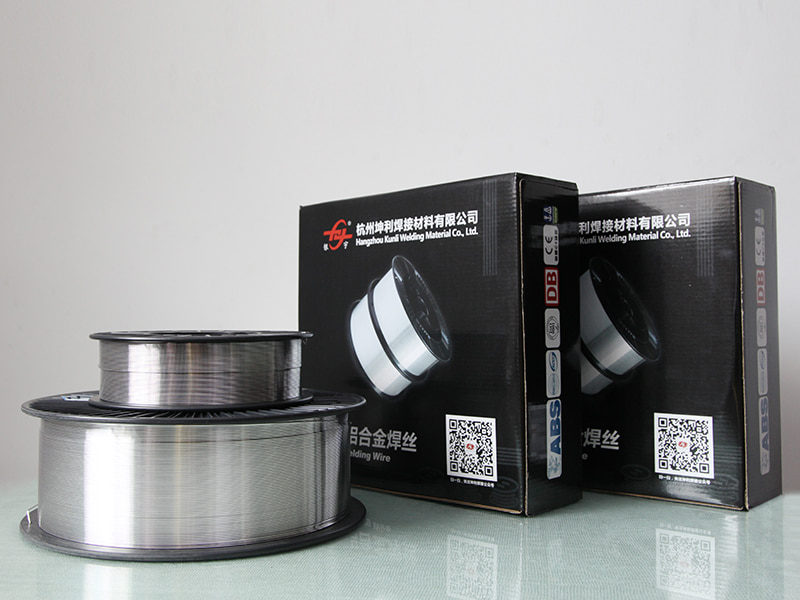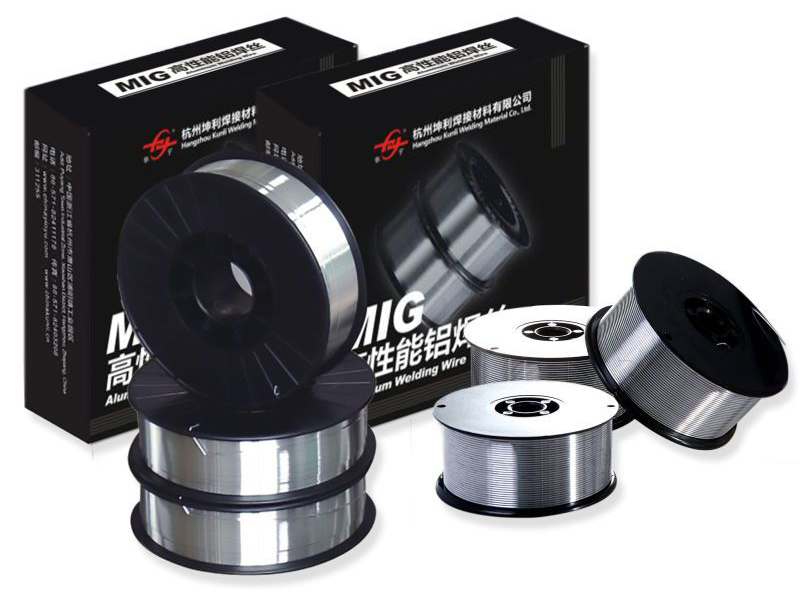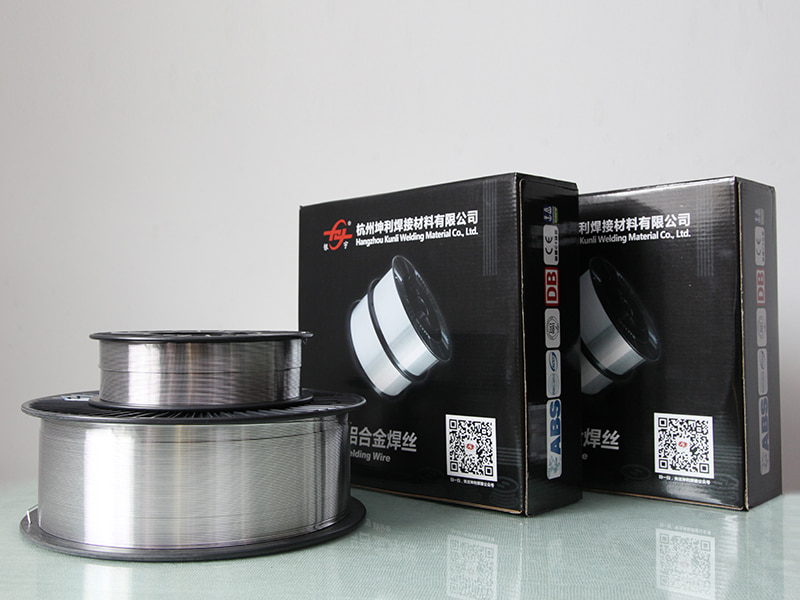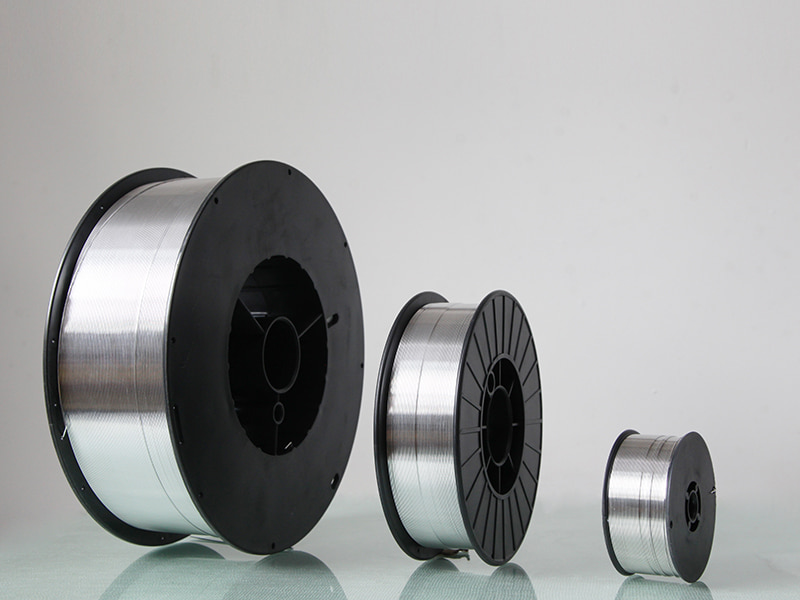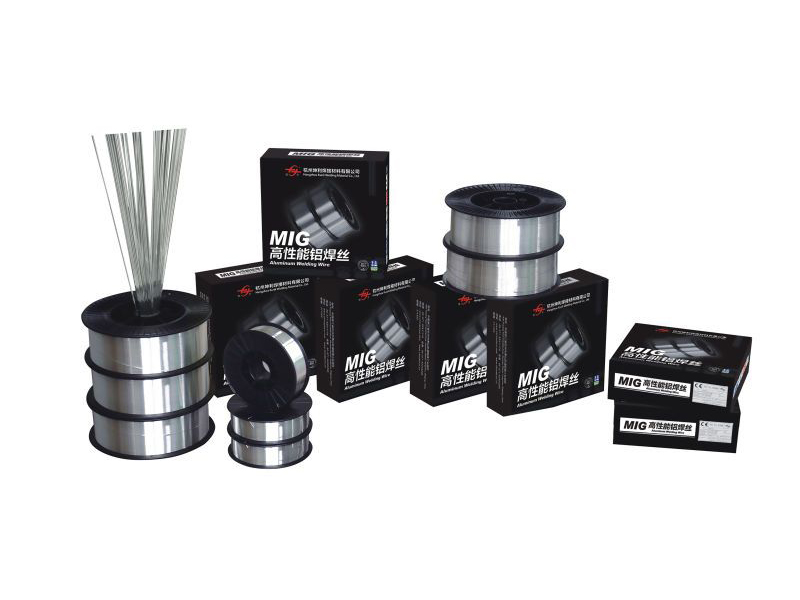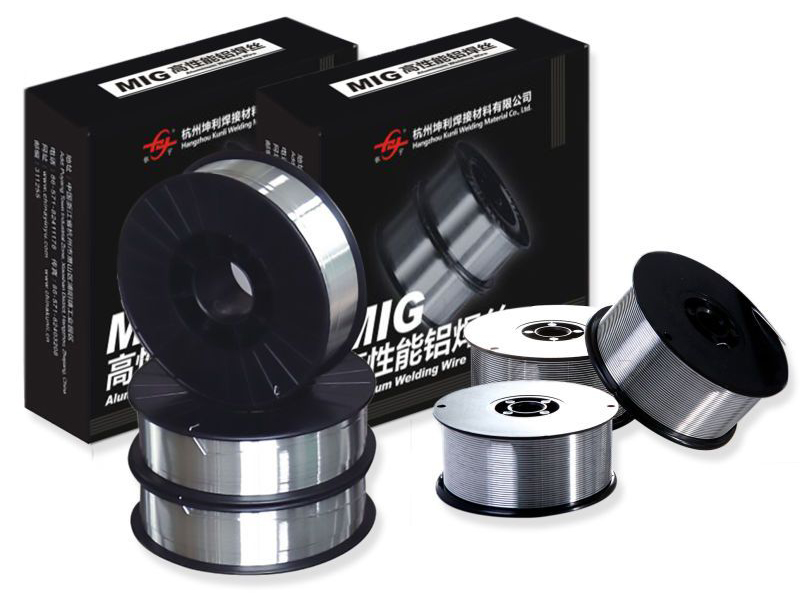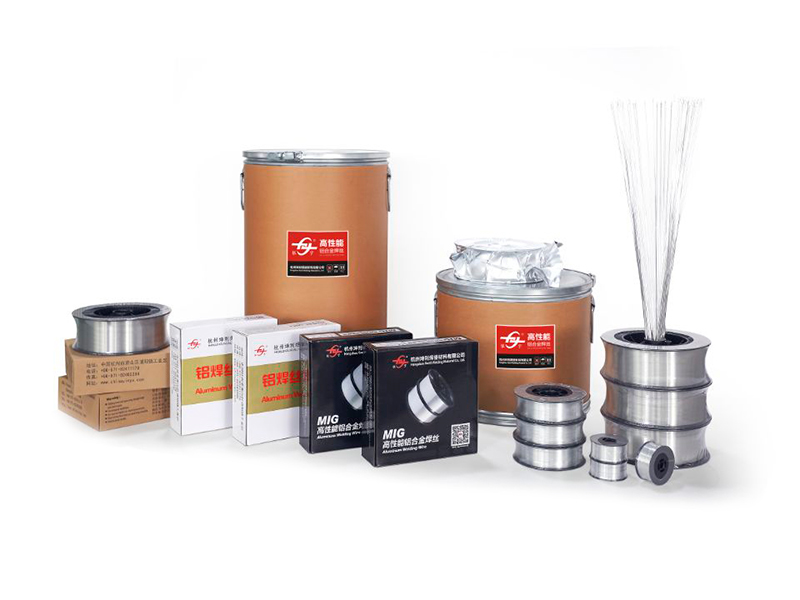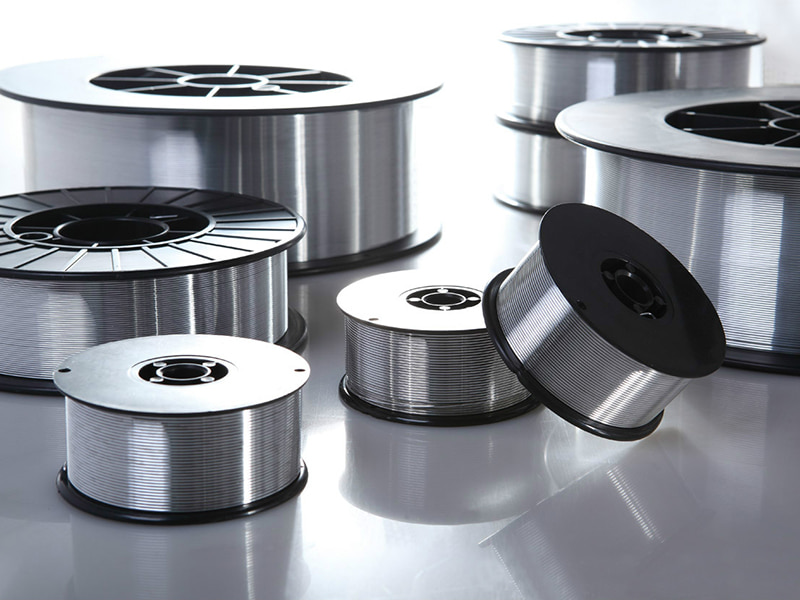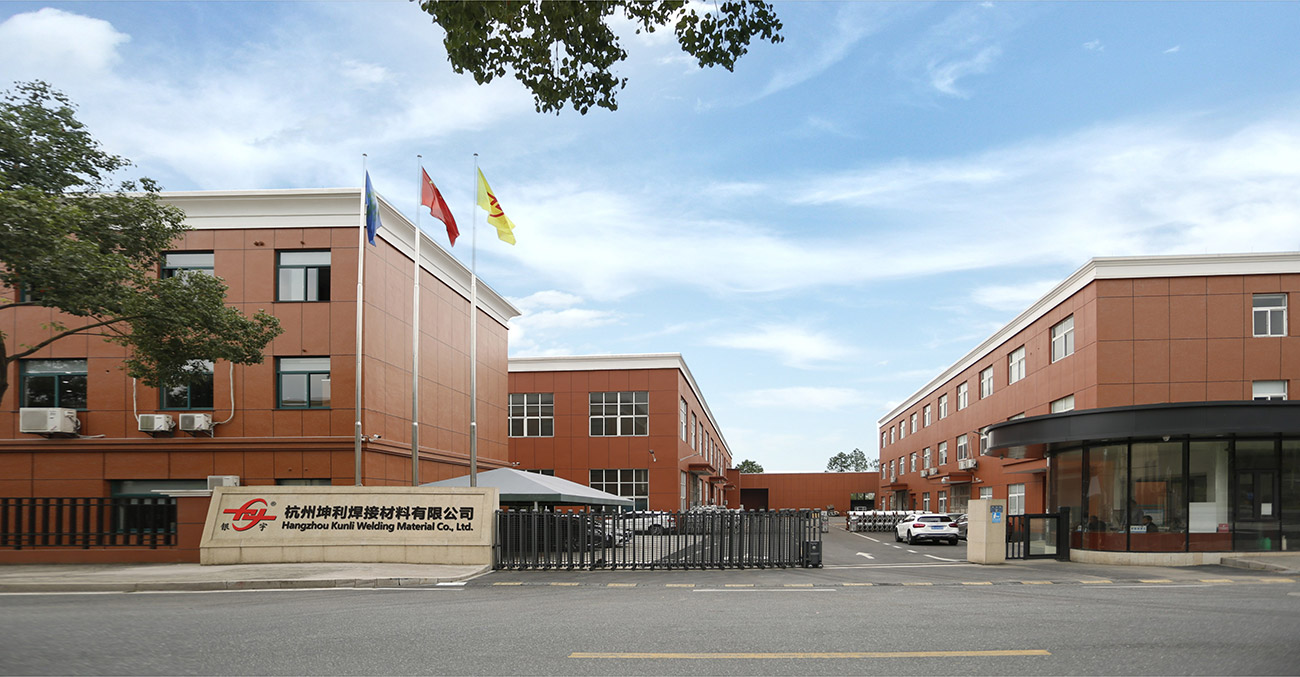Introduction
Aerospace applications demand the highest possible material quality and traceability. Our aerospace-grade wire is produced under a certified Quality Management System that mandates ultra-low levels of impurities, non-standard alloy compositions (like ER2319 or Al-Li compatible fillers), and extremely tight chemical and dimensional tolerances. The wire is shaved, multi-stage cleaned, and sealed in inert gas to ensure zero defects and consistent performance in the most demanding welding applications, such as large-scale fuel tanks or airframe structures.
Specification
| Quality Focus | MIL-SPEC, AMS (Aerospace Material Specifications) compliant |
| Material Focus | ER2319, ER4047, Specialized 5XXX and Al-Li compatible wires |
| Key Property | Superior fracture toughness, High strength-to-weight ratio |
| Purity Control | Extremely low non-metallic inclusions and hydrogen content |
| Packaging | Sealed under vacuum/inert gas for zero surface contamination |
Applications
Welding fuel tanks and cryogenic vessels for launch vehicles and rockets.
Joining primary airframe structures and components requiring high fracture toughness.
Repair and manufacture of specialized defense and military aerospace equipment.
Welding of heat-treatable aluminum alloys (e.g., 2XXX series base metal).
FAQ
- Q: What is the primary aluminum alloy filler metal used for welding 2XXX base metals in aerospace?
- A: ER2319 (Al-Cu) is the standard filler metal used for 2XXX series base metals (like 2219) because it provides a weld deposit that is heat-treatable, allowing the final assembly to achieve the high strength required for airframe structures.
- Q: Why is cleanliness more critical for aerospace welding than for general fabrication?
- A: Contaminants (especially oxides/moisture) lead to porosity. In aerospace, this porosity can drastically reduce the fatigue life and fracture toughness of the structure, leading to catastrophic failure under cyclic loading.
 English
English Deutsch
Deutsch
 English
English Deutsch
Deutsch

